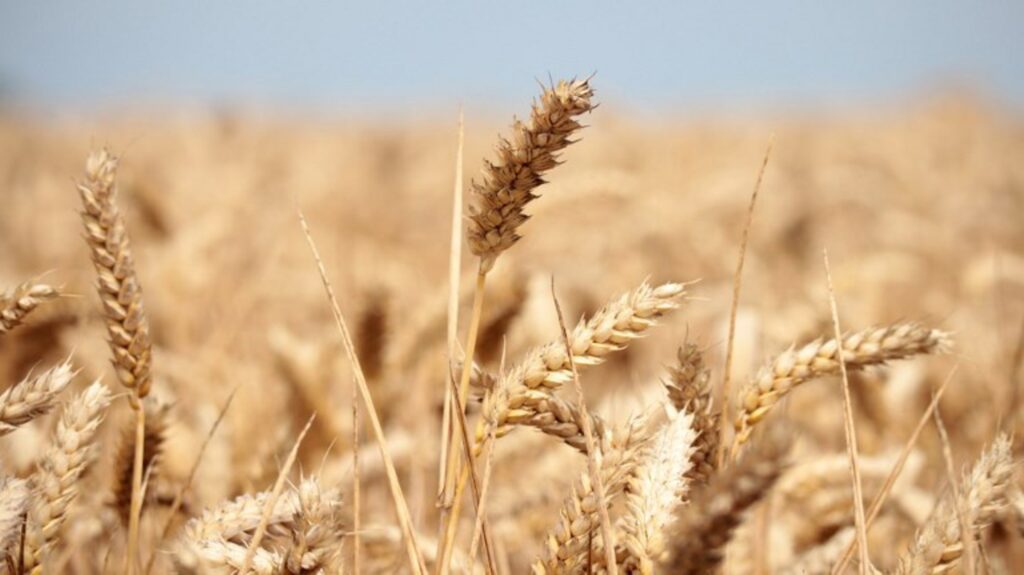Over the past few years, the number of farms has been shrinking in the European Union: in 2020, there were 9.1 million farms left, an estimated 37% decline, or about 5.3 million fewer than in 2005, a Eurostat paper published on Monday shows.
The European Union’s statistical agency notes that it is mainly farms that are not specialised that have tended to disappear. Their number fell by around 2.6 million between 2005 and 2020, and they now represent 19% of all farms in the EU.
These farms manage various types of crops and/or livestock, with no single activity dominating the others in terms of financial income.
About 58% of European farms specialise in crops, most of them (just over a third of all farms) in field crops. Permanent crops (e.g. fruit trees) are next, comprising 22% of the total, while horticulture is the specialisation of only a small portion (2%) of existing farms.
Another 22% of farms focus on livestock production, primarily dairy farming (5%).
Farms specialising in crop production also account for the lion’s share of land. They occupy just over half (52%) of the utilised agricultural area (a concept that includes arable land, grassland and permanent crops and vegetable gardens) across the EU.
Their share of agricultural land is largest, more than 60%, in Mediterranean and Eastern European countries such as Greece, Bulgaria, Hungary, Romania and Malta.
Belgium, the Netherlands and Luxembourg are among the European countries at the other end of the spectrum, with a much smaller area for crop farms while those specialising in livestock dominate.

